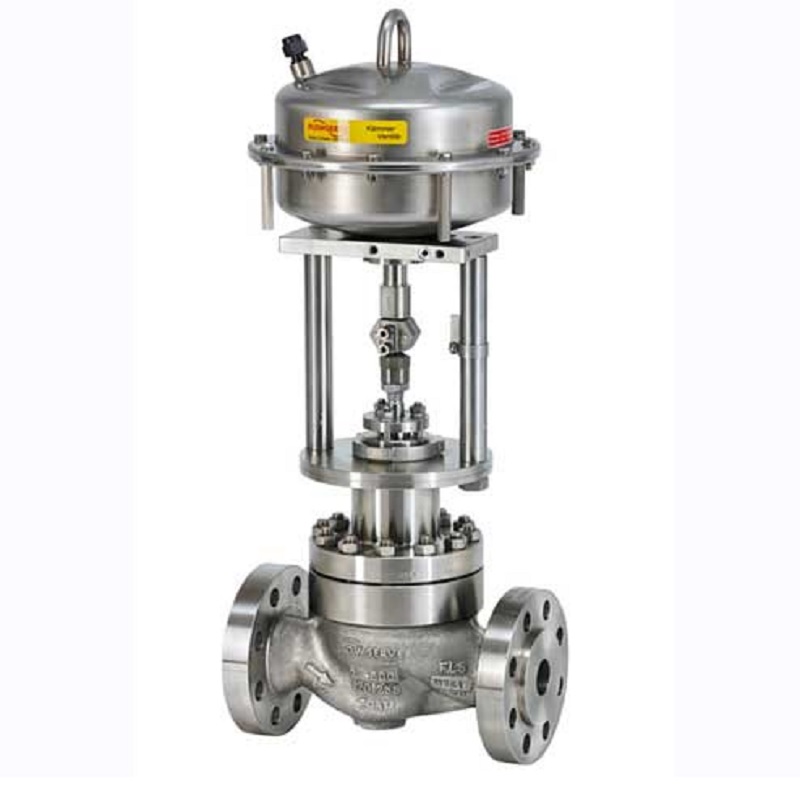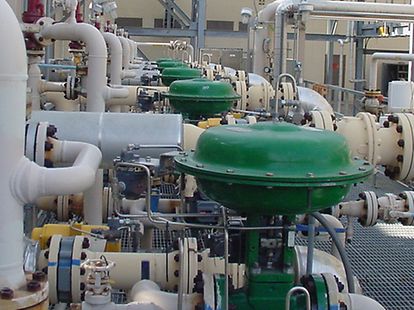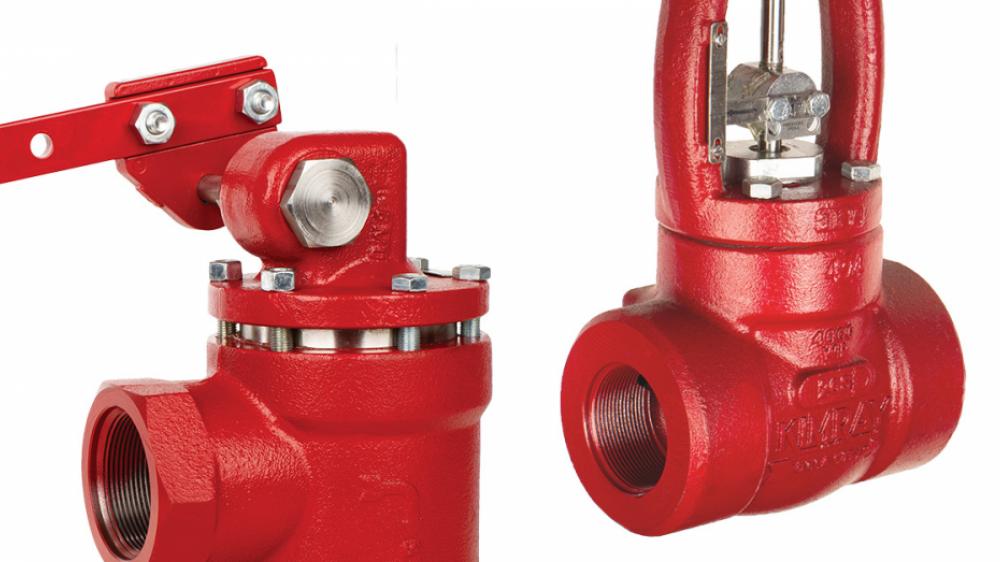
Maximize Energy Cost Savings and Convenience With Advanced Structure Automation Controls
In the realm of modern architecture and center monitoring, the integration of innovative structure automation regulates stands as a pivotal innovation. By taking advantage of the power of automation, structures can adapt, react, and evolve in means that were as soon as unbelievable.
Energy Efficiency Conveniences
Energy efficiency benefits can considerably reduce power intake and functional costs in structures. By applying energy-efficient techniques and innovations, building proprietors and drivers can accomplish significant financial savings while also adding to environmental sustainability. Among the main benefits of boosting power efficiency in structures is the reduction of utility costs. Energy-efficient systems, such as advanced structure automation controls, can maximize using resources like heating, illumination, and air conditioning, bring about reduced energy costs over time.
Additionally, enhanced energy efficiency can extend the lifespan of building devices and systems. By operating extra effectively, cooling and heating systems, light, and various other building elements experience less wear and tear, leading to reduced upkeep and substitute prices. Additionally, energy-efficient buildings typically regulate higher building worths and rental prices, providing long-lasting financial benefits to proprietors.
Furthermore, power efficiency can enhance resident convenience and productivity. Properly regulated indoor environments with ideal illumination and thermal conditions produce a more positive and conducive office, resulting in improved staff member complete satisfaction and efficiency. In general, the energy efficiency advantages connected with advanced building automation controls are multifaceted, including price financial savings, environmental stewardship, and passenger wellness.
Boosted Convenience Control
Enhancing comfort control in building atmospheres calls for an advanced combination of sophisticated automation systems for ideal passenger health. By using sophisticated building automation controls, facilities can tailor the indoor atmosphere to satisfy the particular needs and choices of passengers. control valves.
By including these advanced controls, buildings can not just improve convenience however also enhance energy efficiency by optimizing system procedures based on actual tenancy and usage patterns. Eventually, focusing on resident convenience through sophisticated automation systems leads to an extra pleasurable and much healthier indoor setting.
Functional Efficiency Improvements

Additionally, the execution of real-time tracking and analytics devices makes it possible for structure drivers to recognize power inefficiencies and operational anomalies immediately. By continually monitoring power usage patterns and system performance metrics, adjustments can be made in real-time to optimize power intake and ensure peak functional efficiency. control valves. Additionally, including need feedback methods right into building automation controls can better enhance functional performance by dynamically adjusting energy use based visit this website upon grid conditions and prices signals
Indoor Environment Optimization
Effective interior climate optimization is an essential facet of building automation controls, making sure occupants' convenience and well-being while optimizing power savings. By making use of innovative sensing units and controls, building automation systems can continually readjust and keep an eye on temperature level, moisture levels, air top quality, and air flow to develop an ideal interior atmosphere. Preserving constant and comfy problems not only improves owner satisfaction however additionally increases efficiency and total well-being.
Interior climate optimization additionally plays an essential role in power efficiency. By fine-tuning cooling, air flow, and heating systems based upon real-time information and occupancy patterns, building automation controls can considerably lower power consumption - control valves. Implementing techniques such as demand-controlled ventilation and thermal zoning can help decrease power waste while guaranteeing that each area of the structure receives the necessary conditioning.

Lasting Environment Development
Structure automation controls not just maximize interior climate problems for power effectiveness and occupant convenience however likewise lay the structure for producing a sustainable setting through calculated monitoring of resources and systems. By integrating innovative structure automation innovations, such as sensing units, actuators, and smart software program, centers can adjust and keep track of energy usage in real-time to minimize waste and reduce their carbon impact. These systems enable predictive maintenance, identifying potential issues before they his explanation rise and maximizing tools efficiency to improve durability and effectiveness.
In addition, lasting setting production extends past power monitoring to incorporate water preservation, waste decrease, and interior air quality renovation. Building automation controls can manage water use, spot leaks, and guarantee correct garbage disposal techniques, contributing to overall sustainability efforts. Additionally, by monitoring and regulating air flow and purification systems, these innovations enhance passenger health and efficiency while decreasing power consumption related to HVAC operations.
Verdict
Finally, advanced structure automation controls offer considerable advantages in regards to energy cost savings, convenience control, operational efficiency, indoor environment optimization, and creating a sustainable setting. By carrying out these controls, structures can achieve optimal performance while lowering power consumption and improving passenger convenience. It is evident that using innovative automation technology is vital in improving structure performance and developing a much more lasting future.
Energy effectiveness benefits can dramatically minimize energy usage and operational costs in structures. Overall, the energy performance benefits linked with advanced structure automation controls are multifaceted, encompassing expense savings, ecological stewardship, and resident health.
In addition, incorporating demand action approaches right into structure automation controls can even more improve find functional effectiveness by dynamically changing energy usage based on grid problems and pricing signals.
Structure automation manages not only maximize indoor climate problems for energy efficiency and owner convenience but also lay the structure for developing a lasting atmosphere with calculated management of resources and systems.In verdict, progressed structure automation controls deal considerable benefits in terms of power cost savings, comfort control, functional effectiveness, interior environment optimization, and producing a sustainable setting.